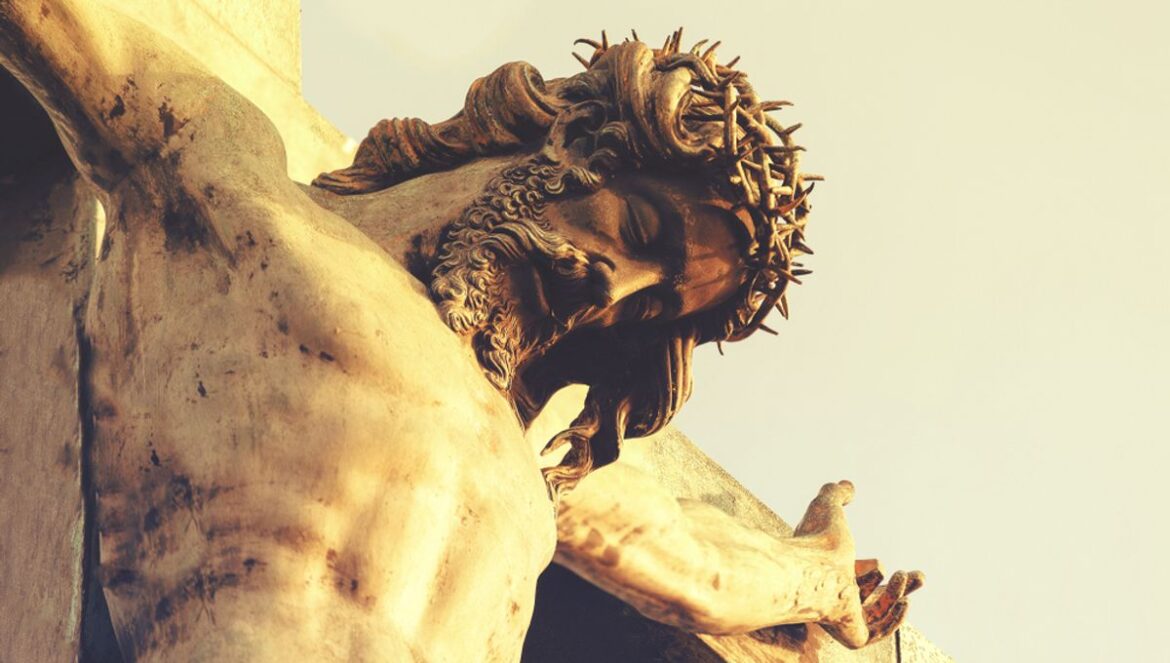Easter Sunday is a pivotal celebration within the Christian calendar, signifying the resurrection of Jesus Christ. Each year, this sacred day dances around the calendar, unfixed by a specific date, which incites curiosity and contemplation among the faithful and theologians alike. To comprehend when Easter Sunday falls and the mystical calculation that governs its timing, one must delve into both ecclesiastical history and astronomical phenomena.
Traditionally, Easter is celebrated on the first Sunday following the first full moon after the vernal equinox, which occurs on March 21. This requirement creates a fluid date for the celebration, ranging anywhere from March 22 to April 25. The Church of Alexandria, in the fourth century, formalized this formula, intertwining the Jewish calendar, the lunar cycle, and the solar calendar to arrive at a date that mirrors the timing of the Passover, as the resurrection occurred shortly after this feast.
The choice of a Sunday also holds profound significance. It reflects the early Christians’ departure from the Jewish Sabbath, which is Saturday. By commemorating Easter on Sunday, Christians reinforce the belief in the resurrection as the cornerstone of their faith, acknowledging the day as the Lord’s Day—a weekly celebration of Christ’s triumph over death.
Understanding the complexities of Easter’s date requires exploring the interplay between lunar and solar cycles. The vernal equinox, which and marks the onset of spring in the Northern Hemisphere, is a crucial astronomical event. The full moon that follows is known as the Paschal Full Moon, which is not simply a conventional full moon but is calculated based on a 19-year cycle, referred to as the Metonic cycle. This cycle consists of 19 years in which the phases of the moon repeat on the same days of the year, allowing for a relatively consistent synchronization between lunar and solar calendars.
However, beyond the mechanics, this calculation serves as a deeper metaphor for resurrection and renewal. Spring—when Easter occurs—embodies themes of rebirth and transformation. As the earth reawakens, shedding the cold cloak of winter, it mirrors the Christian belief in new life through Christ’s resurrection. The alignment of these astronomical phenomena reveals a divinely orchestrated calendar, prompting the faithful to reflect on the cyclical nature of life, death, and rebirth.
Moreover, the variability of Easter’s date can be a source of frustration as well as fascination. It serves as a gentle reminder that in a world often governed by rigid schedules, the divine operates on an entirely different plane. The fluidity of Easter encourages a flexible approach to faith. For many, this timely ambiguity propels a renewed sense of anticipation each year as congregations prepare for Holy Week, culminating in the joyous celebration of Easter Sunday.
The early Church wrestled with the establishment of Easter’s date, leading to diverse practices. Various Christian traditions have their own methods of determining Easter; for example, the Julian calendar results in a different date than the Gregorian calendar—a discrepancy that bridges gaps between Eastern and Western Christianity. The differences stimulate dialogue and understanding amongst denominations, inviting believers to appreciate the various shades of belief and practice within Christianity.
The imposition of the lunar calendar provides a unique invitation to delve into Jewish traditions as well. The Jewish Passover, celebrated during the same lunar cycle, is inextricably linked to the significance of Easter. Jesus’ death and resurrection transpired against the backdrop of Passover, underscoring themes of sacrifice, exodus, and liberation. As Christians gather in celebration, they echo the ancient Jewish stories of redemption, reinforcing a continuity of faith that spans across millennia. This convergence of dates enhances the shared heritage, allowing for richer theological reflection.
Additional contextual layers arise when considering the symbolism inherent in each date. For many, Easter is not merely an event on the calendar but rather a profound expression of faith, hope, and devotion. The vibrant tapestry of Easter traditions—from sunrise services to the decorous litanies of Holy Week—imbues the celebration with depth. The multi-faceted nature of these customs reflects the diversity within Christianity as a whole, as congregations engage in meaningful ritual practices that have evolved over centuries.
Ultimately, understanding when Easter Sunday falls extends beyond calendars and calculations. It compels the faithful to grapple with questions of time, space, and significance in their spiritual lives. The reflection on renewal and eternal life encapsulated within Easter fuels a deeper yearning for connection—both with God and within the community of believers. Each date variation prompts Christian communities to come together in joyous worship, once more affirming their faith in resurrection and the promise of new beginnings.
In conclusion, the annual calculation of Easter Sunday is steeped in rich historical and theological significance. The fixed formulas rooted in ancient ecclesiastical decisions echo the cyclical nature of divine renewal and rebirth. As faithful celebrate the resurrection amid the spring’s rejuvenation, they find themselves part of a larger narrative woven into the very fabric of their spirituality. This remarkable intersection of time, tradition, and faith compels Christians to reflect, rejoice, and renew their commitment to the core tenets of their belief. Thus, Easter remains a, enriching moment in the Christian calendar, a fixture that invites contemplation and continuity across generations.



